In the cosmic dawn of the universe, gigantic black holes and fledgling galaxies were locked in a dance of growth, but it seems the black holes may have taken the lead. A new study, published in The Astrophysical Journal, has found that supermassive black holes in the early universe grew much faster than their host galaxies, challenging our understanding of how these cosmic titans coevolved.
Using the James Webb Space Telescope (JWST), a team of astronomers from the Massachusetts Institute of Technology (MIT) has measured the masses of both supermassive black holes and their host galaxies for six distant quasars, extremely bright objects powered by voracious black holes. These quasars date back to when the universe was less than a billion years old.
“After the universe came into existence, there were seed black holes that then consumed material and grew in a very short time,” says study author Minghao Yue, a postdoctoral researcher in MIT’s Kavli Institute for Astrophysics and Space Research. “One of the big questions is to understand how those monster black holes could grow so big, so fast.”
Black holes are regions of space where matter is packed so densely that not even light can escape their gravitational pull. Supermassive black holes, with masses millions to billions of times that of our Sun, reside at the hearts of most, if not all, galaxies. In the present-day universe, there’s a tight correlation between the mass of a galaxy and its central black hole – generally, the larger the galaxy, the more massive the black hole.
This relationship suggests that galaxies and their supermassive black holes grew and evolved together over cosmic time. However, the details of this coevolution, especially in the early universe, remain murky.
Enter the JWST, with its unprecedented sensitivity and resolution in infrared light, allowing astronomers to peer further back in time than ever before. Yue and colleagues used JWST’s Near-Infrared Camera (NIRCam) to measure the light from six quasars at redshifts greater than 5.9, meaning their light has been stretched by the expansion of the universe during its journey to Earth for over 13 billion years.
By carefully modeling and subtracting the bright light from the central quasars, the team was able to detect and measure the much fainter light from the surrounding host galaxies. For three of the quasars, they successfully measured the mass of the host galaxy, finding them to be among the most massive galaxies known at this early epoch, with masses around 100 billion times that of the Sun.
“These black holes are billions of times more massive than the Sun, at a time when the universe is still in its infancy,” explains study author Anna-Christina Eilers, assistant professor of physics at MIT. “Our results imply that in the early universe, supermassive black holes might have gained their mass before their host galaxies did, and the initial black hole seeds could have been more massive than today.”
Next, researchers used JWST’s NIRCam grism, a combination of a prism and grating, to disperse the quasars’ light into a spectrum. By measuring the width of specific emission lines in these spectra, they could estimate the masses of the central black holes. Astronomers were surprised after discovering that these black holes were much more massive relative to their host galaxies compared to what is seen in the present-day universe.
These early supermassive black holes were far ahead of the growth curve compared to their host galaxies, suggesting that black holes may have had a head start in the coevolutionary race. Researchers do note that selection effects — the fact that the brightest, most massive black holes are easier to detect in the early universe — likely contribute to this discrepancy, but do not fully explain it.
“This tells us something about what grows first: Is it the black hole that grows first, and then the galaxy catches up? Or is the galaxy and its stars that first grow, and they dominate and regulate the black hole’s growth?” notes Eilers. “We see that black holes in the early universe seem to be growing faster than their host galaxies. That is tentative evidence that the initial black hole seeds could have been more massive back then.”
This study provides a tantalizing glimpse into the dawn of galaxies and their supermassive black holes, but it raises as many questions as it answers. How did these supermassive black holes grow so quickly? What impact did they have on their host galaxies? And does the black hole-galaxy relationship evolve over cosmic time?
Answering these questions will require more observations of distant quasars with JWST and other cutting-edge telescopes. By peering ever further back in time, astronomers hope to unravel the mysteries of how the cosmic titans we see today arose in the universe’s infancy.
“There must have been some mechanism to make a black hole gain their mass earlier than their host galaxy in those first billion years,” concludes Yue. “It’s kind of the first evidence we see for this, which is exciting.”
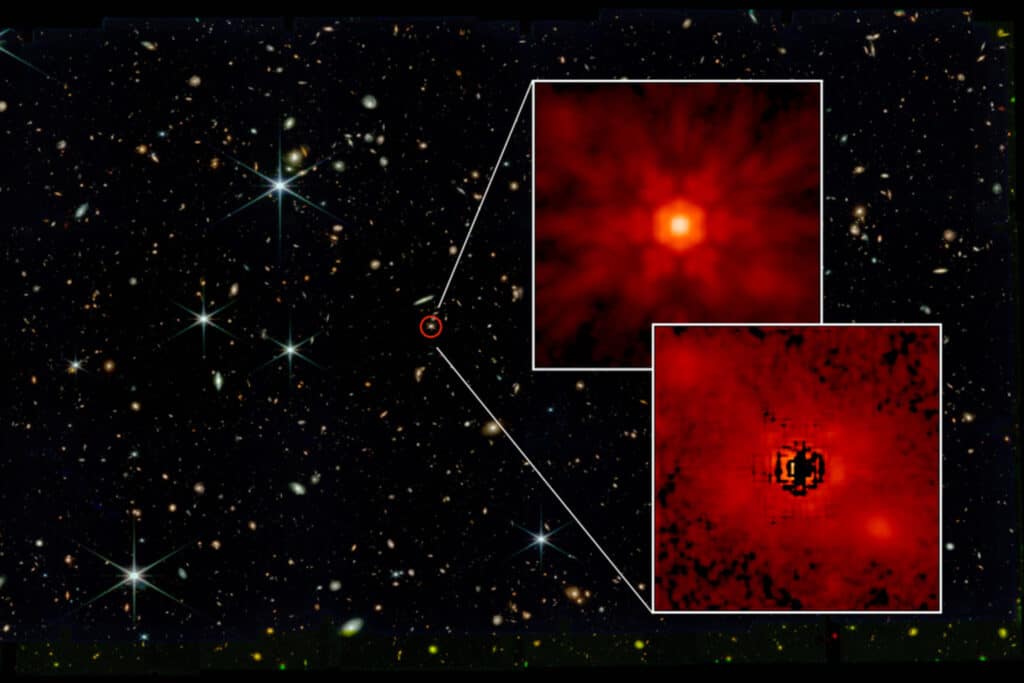
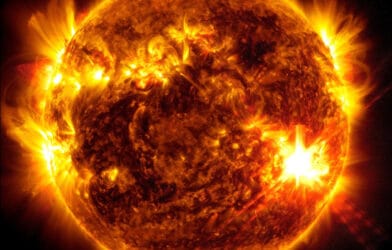
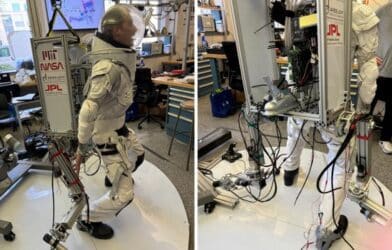

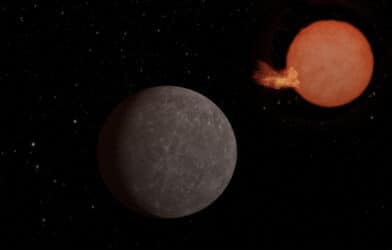

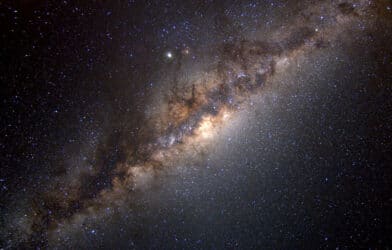
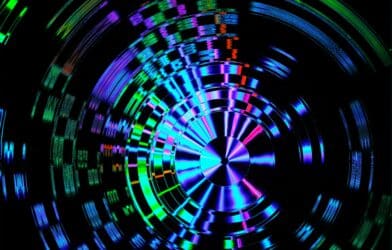
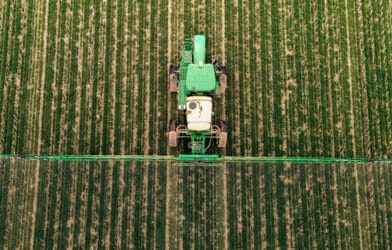
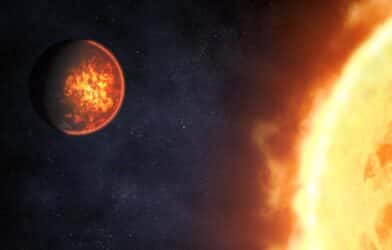
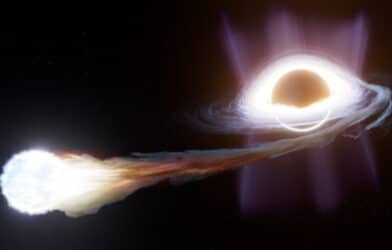
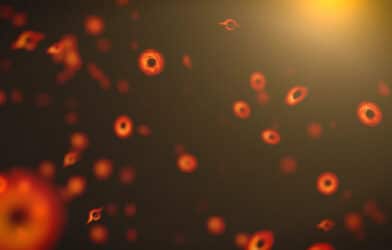
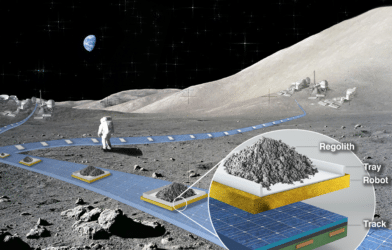
Comments